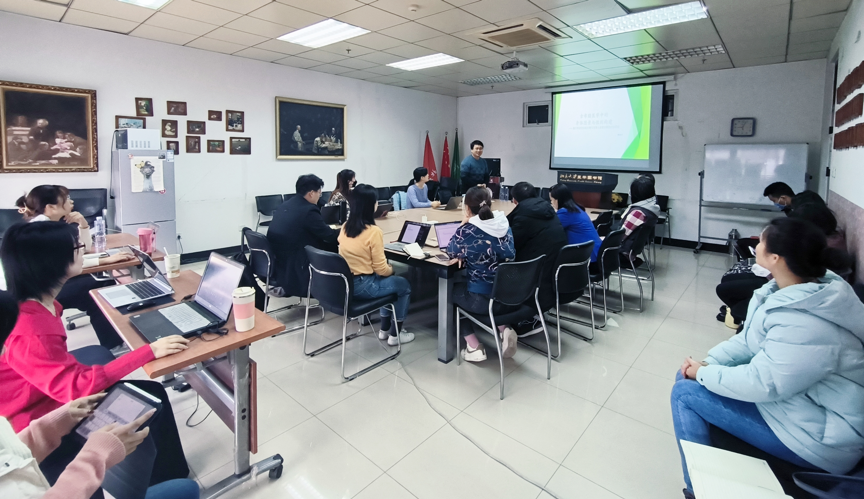The 6th Peking University Medical Humanities Young Scholars Forum: The body picture and gender construction in ancient Greek medicine - a comparative study based on Hippocratic corpus and Aristotle corpus

On the morning of March 6, 2023, Dong Qiaosheng, a fellow of our college and a doctor of classical studies at Cambridge University, was invited to give a special lecture entitled "The body picture and gender construction in ancient Greek medicine - a comparative study based on Hippocratic corpus and Aristotle corpus ". This lecture was hosted by Chen Qi, associate professor of the School of Health Humanities of Peking University, and Zhang Daqing, a Boya distinguished professor at Peking University, served as the commentator. The lecture was held in Conference Room 620, Yifu Teaching Building. More than 30 teachers and students from Tsinghua University, Union Medical College, Institute for the History of Natural Sciences, Chinese Academy of Sciences and our college attended the lecture.
The lecture mainly discussed the body formation, body constitution, body structure and body function in ancient Greek medicine, focusing on the different types and characteristics of Aristotle model and Hippocratic model, so as to deeply discuss the related concepts of homogeneous model and heterogeneous model. Dr. Dong first reviewed the milestones in the study of body history and his interest in the study of body history, listed the works in the field of body history, such as "body and sex", " The expressiveness of the body and the divergence of Greek and Chinese medicine", and explained the research contents and main points of scholars Thomas Laqueur and Shigehisa Kuriyama on body history, and proposed that the study of ancient cognition of body should jump out of the modern concept of body.
In his presentation of the Aristotle model, Dr. Dong elaborated on the differences in the "essence" of different genders involved in the model, and expanded on the important contents of gender construction in the model, including the concepts of "inside" and "outside", the difference between "cold" and "hot", the concept of "concentrate", the definition of the two types of seeds, and the key differences between different genders. After introducing the important concepts, it is pointed out that the views on the transformation of "can" and "cannot" are often ignored in Aristotle's theory. At the end of this section, the above Aristotle model is summarized, and the viewpoint that Aristotle model is a heterogeneous model rather than a homogeneous model is put forward.
In his presentation of the Hippocratic model, Dr. Dong introduced the different definitions and interpretations of the Hippocratic model in different chapters of the Hippocratic Anthology, and carried out a detailed comparative analysis of the relevant definitions and representative views of the two homogenous models and the two heterogeneous models, such as the body picture, the gender construction of the body view, and so on. Then we discussed the homogeneous model involved in his model, in which a liquefied body was constructed. Then he introduced the human body pipeline model and the Hippocratic cross model, and pointed out that in the construction of gender, the view of body without gender, the view of disease and the view of homogenization of body are completely different from the Aristotle model.
Dr. Dong went on to talk about the concept of heterogeneous model, another kind of model in his theory. The heterogeneous model also includes the concept of differentiation by elements and differentiation by physique. It introduces the explanation of uterus, menstruation and female diseases in the model, and points out the pluralistic theory involving six genders that is easy to be ignored. In the description of the heterogeneous model, there is also the opposite view in the gender construction of the Aristotle model, that is, the female body is "hot", while the male body is just the opposite. Dr. Dong also explained his explanation of the blood excess and "natural purification" mechanism in the model.
Finally, Dr. Dong refined the contents and conclusions of the lecture, and had an interactive discussion with the audience on the translation and understanding of "homogeneous" and "heterogeneous", the definition of organs, and the source of text. Professor Zhang Daqing, the commentator, said that Dr. Dong had extensive reading content and rich research experience, and the lecture content had enlightening value for students to study the Eastern and Western body views.


